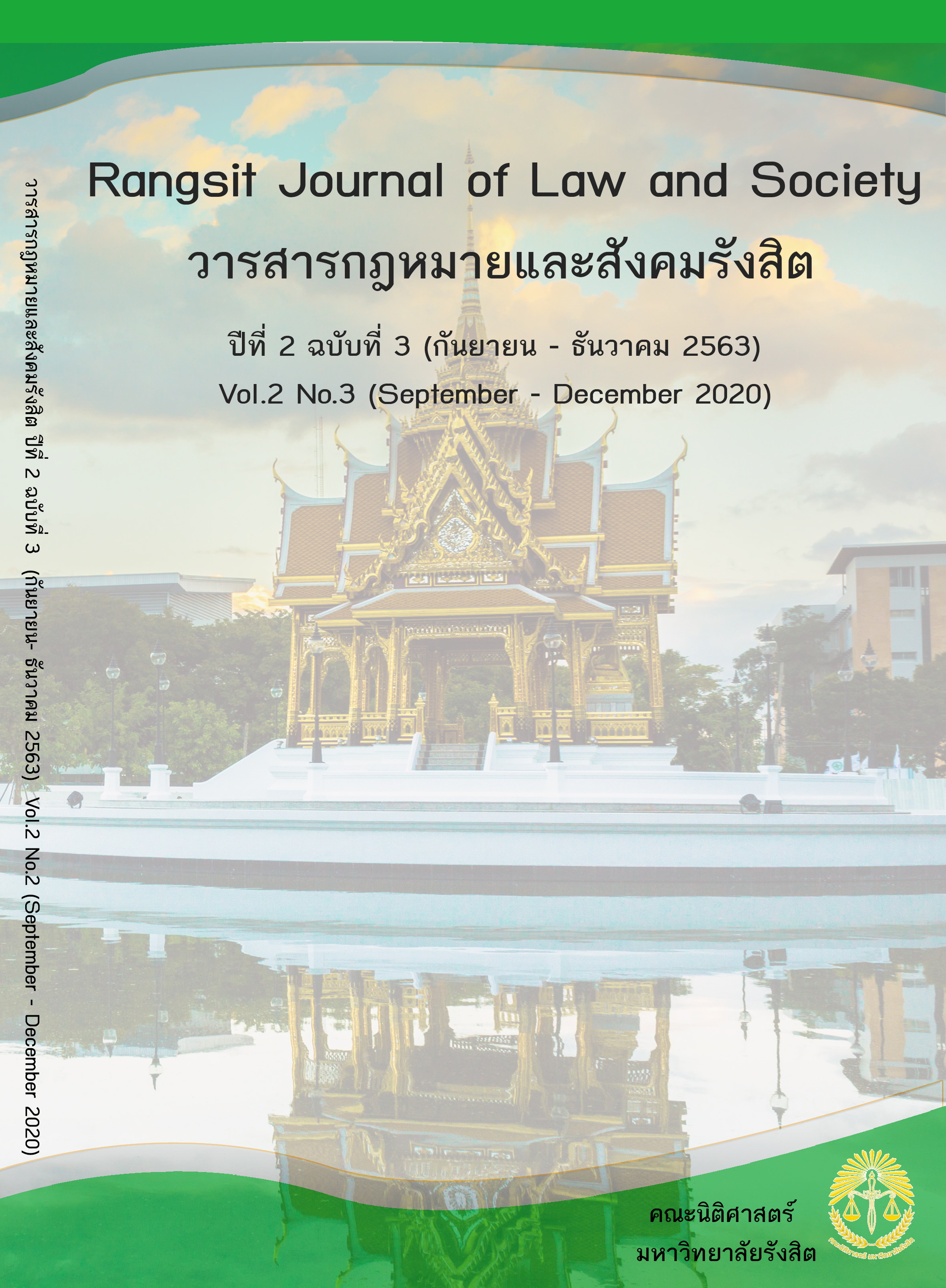พรรคการเมืองเปรียบเทียบ
Main Article Content
บทคัดย่อ
การศึกษาวิเคราะห์เปรียบเทียบเรื่องของ “พรรคการเมือง” จะทำให้เห็นพลวัตรของการเกิดขึ้น ดำรงอยู่และสิ้นสุดลงของพรรคการเมือง บทบาทของพรรคการเมืองที่มีผลโดยตรงต่อการปกครองประเทศ และการพัฒนาประเทศในทุกๆ มิติ รัฐต่างๆในปัจจุบัน ระบบพรรคการเมืองหลายพรรคระบบพรรคการเมืองสองพรรค และระบบพรรคการเมืองพรรคเด่นพรรคเดียวจะปรากฏตัวอยู่ในรัฐเสรีประชาธิปไตยในขณะที่ระบบพรรคการเมืองพรรคเดี่ยวก็ดำรงอยู่ในรัฐประชาธิปไตยประชาชนหรือรัฐสังคมนิยม อย่างไรก็ดีพรรคการเมืองต่างๆ ในรัฐทั้งหลายเหล่านั้น ต่างก็กลายเป็นสถาบันการเมืองที่สำคัญยิ่งในฐานะที่เป็นพาหนะที่ทำหน้าที่ขับเคลื่อนวิถีชีวิตทางการเมืองของประเทศ พรรคการเมืองในประเทศต่างๆ ยังทำหน้าที่ในการเปลี่ยนรัฐบาลอย่างสันตินอกจากนั้นพรรคการเมืองยังมีอิทธิพลต่อการควบคุมบงการให้รัฐบาลกำหนดแผนนโนบายบริหารประเทศตามนโยบายของพรรคการเมืองที่เป็นรัฐบาล ฉะนั้นจึงสามารถกล่าวได้ว่า พรรคการเมืองในระบอบประชาธิปไตยเสรีนิยมหรือระบอกประชาธิปไตยประชาชนนั้นได้กลายเป็นส่วนประกอบสำคัญของระบอบการเมืองของประเทศนั้นๆ สำหรับในประเทศไทยพบว่าความรู้ความเข้าใจและทางปฏิบัติในเรื่อง “พรรคการเมือง” ยังไม่ปรากฏองค์ความรู้ ทิศทาง และความเข้าใจอย่างเพียงพอที่จะทำให้ พรรคการเมืองไทยอันเป็นสถาบันการเมืองที่สำคัญ เป็นกลไกในการขับเคลื่อนการบริหารประเทศต่อไปได้อย่างเข้มแข็ง การศึกษาเปรียบเทียบจะทำให้เห็นภาพของการกำเนิด หลักการทฤษฏี บทบาทของพรรคการเมืองสมัยใหม่ และเรื่องต่างๆ เกี่ยวกับพรรคการเมือง ในประเทศอื่นๆ ซึ่งเป็นประสบการณ์เพื่อนำไปสู่การมีพรรคการเมืองที่มีประสิทธิภาพในการนำพาสังคมไปสู่ความเจริญก้าวหน้าและพัฒนาประเทศได้อย่างยั่งยืนต่อไปอย่างมีเสถียรภาพ
Article Details

อนุญาตภายใต้เงื่อนไข Creative Commons Attribution-NonCommercial-NoDerivatives 4.0 International License.
เอกสารอ้างอิง
Bagehot W. (1963). The English Constitution. USA: Cornell University Press.
Burke E. (1770). Thoughts on the cause of the present discountents. Boston: Little Brown&c.
Daalder H. (1966). Parties, Elite and Political Development in Western Europe. In J. Lapalombara and M. Weiner (eds). USA: Princeton University Press.
Duverger M. (1954). Political Parties. New York USA: John Wiley.
Huntington S. (1968). Political Order in Changing Societies. USA.: Yale University Press.
ISSAC Jeffrey. (1992). Conception of power. London UK: Routledge.
Katz R.S. (1980). A Theory of Parties and Election Systems. USA: Johns Hopkins University Press.
Key V.O. (1964). Politics,Parties and Pressure Groups. New York: Thomas Y. Crowell.
King A. (1969). Political parties in Western democracy:some skeptical Reflection. Polity2.
Lawson K. (1980). Political Parties and Linkage:A Comparative Perspective. USA: Yale University.
Madison J. (1961). No 10” A. Hamiltion, J. Madison and J. Jay (eds), in the Federalist Paper. New York USA: New American Library.
Palombara J. La. (1974). Politics within Nations Englewood Cliffs. USA: Prentice Hall.
Panabianco A. (1988). Political Parties:Organization and power. USA: Cambridge University Press.
Sartori G. (1976). Parties and Party System. New York UK: Cambridge University Press.
Schattscneider E.E. (1942). Party Government. New York USA: Cambridge University Press.
Schumpeter J. (1976). Capitalism, Socialism and Democracy. New York USA: Hurper&Low.
Tocqueville A. de. (1969). Democracy in America. USA: Anchor Book.

